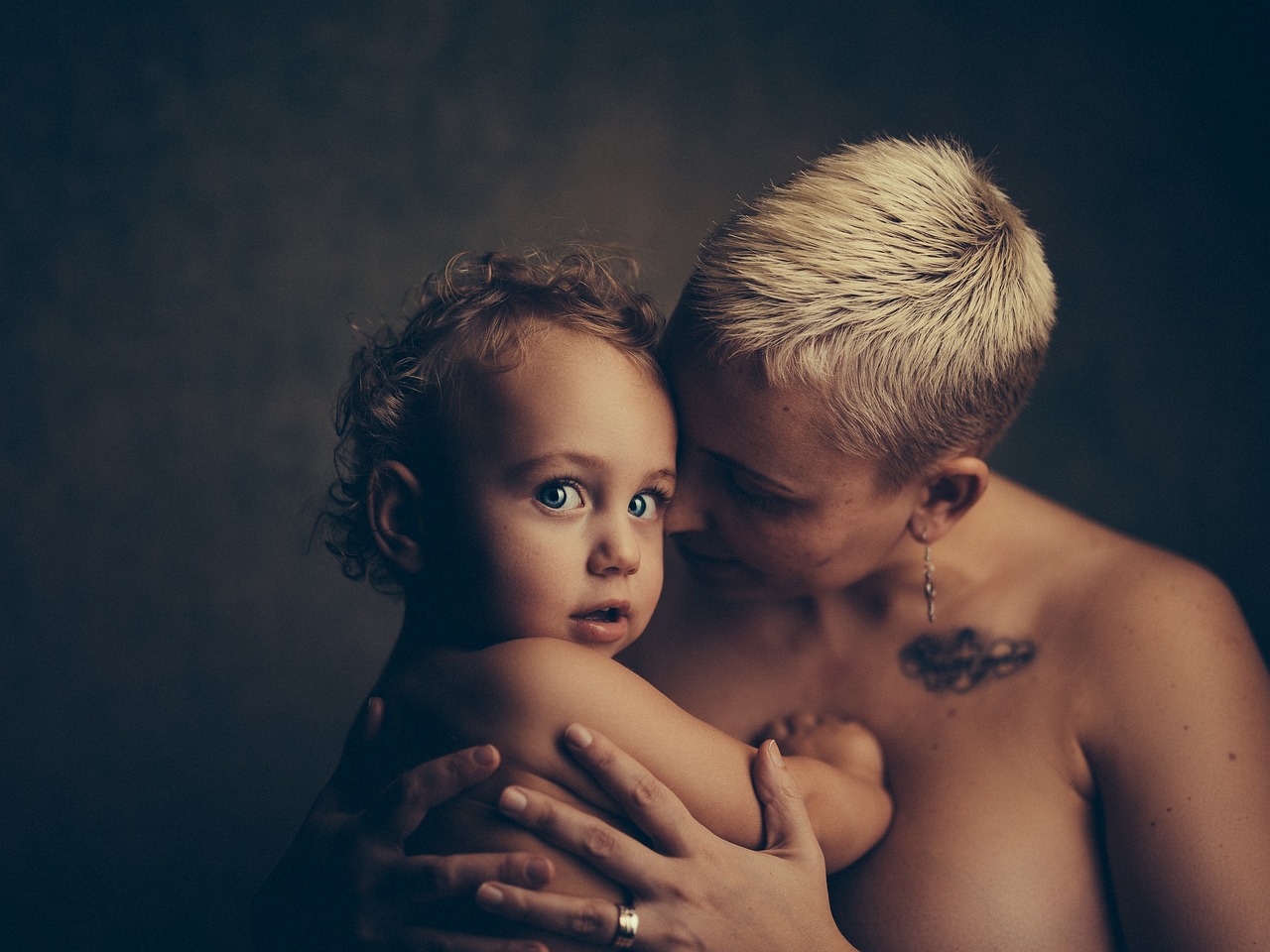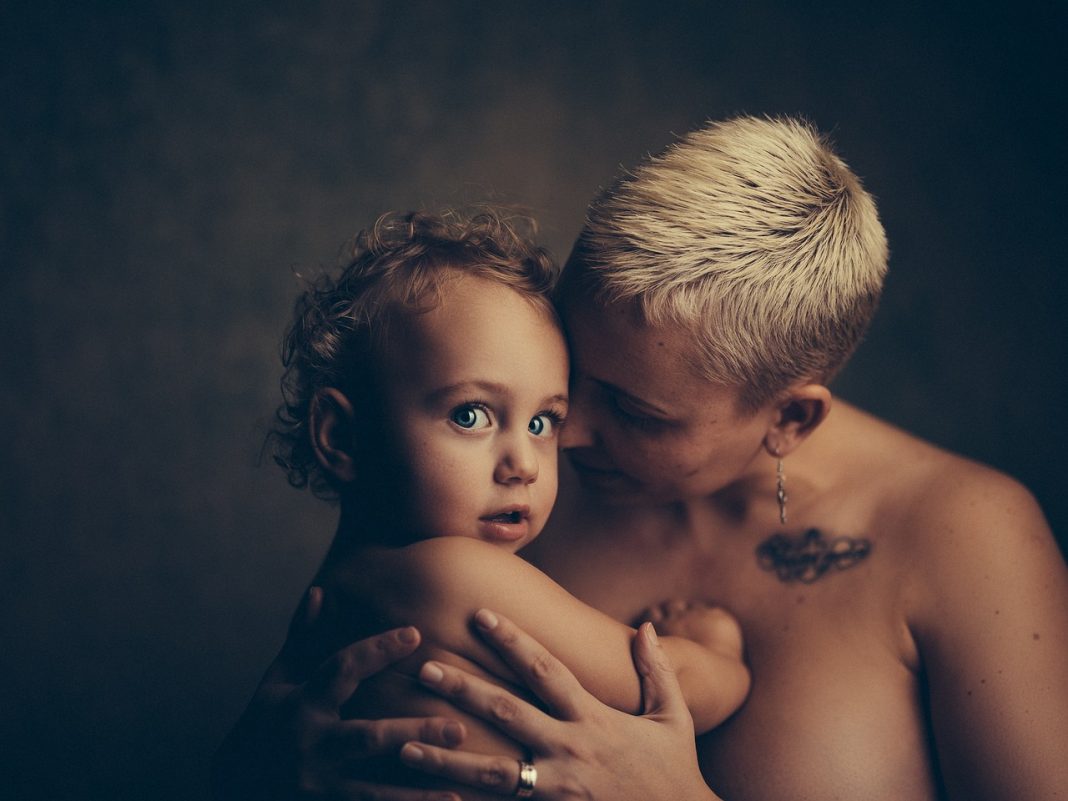
Childhood allergies can be a daunting challenge for parents and caregivers, as they can cause a range of symptoms from mild discomfort to life-threatening reactions. With the prevalence of allergies on the rise, it is important for healthcare professionals to have a comprehensive understanding of how to manage these conditions. In this article, we will provide a professional guide to managing childhood allergies, including the latest research, best practices, and practical tips for parents and caregivers. Whether you are a pediatrician, nurse, or parent, this guide will provide you with the knowledge and tools you need to effectively manage childhood allergies and improve the quality of life for children with these conditions.
1. Introduction: Understanding Childhood Allergies and Their Management
Childhood allergies have become a prevalent issue in recent years, affecting millions of children worldwide. Allergies can range from mild to severe and can cause a wide range of symptoms, including hives, itching, sneezing, and difficulty breathing. It is essential to understand the causes and triggers of allergies to manage them effectively.
There are various types of allergies that children can develop, including food allergies, seasonal allergies, and allergic reactions to medications. It is crucial to identify the allergen that triggers the allergic reaction to avoid exposure or take necessary precautions. Parents, caregivers, and teachers must be aware of the signs and symptoms of allergies and take appropriate measures to manage them. This post will discuss childhood allergies, their causes, and the management strategies that can help parents and caregivers keep their children safe and healthy.
2. Professional Strategies for Preventing and Treating Childhood Allergies
Allergies are a common problem among children, and they can be a source of great discomfort and distress. Fortunately, there are many strategies that can be employed to prevent and treat childhood allergies. Here are some of the most effective professional strategies:
- Identify the allergen: The first step in preventing and treating allergies is to identify the allergen that is causing the reaction. This can be done through a variety of tests, including skin tests and blood tests. Once the allergen is identified, steps can be taken to avoid exposure to it.
- Reduce exposure to allergens: Once the allergen is identified, steps can be taken to reduce exposure to it. This may involve avoiding certain foods, using air filters to remove allergens from the air, and taking steps to reduce exposure to dust mites and other common allergens.
- Medications: There are a variety of medications that can be used to treat allergies, including antihistamines, decongestants, and corticosteroids. These medications can help to reduce inflammation and relieve symptoms.
It is important to work closely with a healthcare professional to develop a plan for preventing and treating childhood allergies. By identifying the allergen and taking steps to reduce exposure to it, as well as using medications as needed, it is possible to manage allergies and improve quality of life for children with allergies. With the right strategies in place, children with allergies can enjoy a happy and healthy childhood.
3. Collaborating with Families and Healthcare Providers to Optimize Allergy Management in Children
Collaboration with families and healthcare providers is essential for optimizing allergy management in children. By working together, the child’s healthcare needs can be met, and the family can feel supported in managing their child’s allergies.
One way to collaborate with families is to provide education and resources. Healthcare providers can educate families on how to identify and avoid allergens, recognize symptoms of an allergic reaction, and administer medications such as epinephrine. Providing families with resources such as allergy action plans and emergency medication kits can also help them feel prepared and confident in managing their child’s allergies. In addition, healthcare providers can work with families to develop individualized allergy management plans that take into account the child’s specific allergies, triggers, and medical history. By working together, families and healthcare providers can create a comprehensive plan that addresses the child’s unique needs and ensures that they receive the best possible care. In conclusion, managing childhood allergies can be a daunting task for parents and caregivers. However, with the right guidance and resources, it is possible to ensure that children with allergies are safe and healthy. This professional guide has provided valuable insights and practical tips on how to manage childhood allergies effectively. By following the recommendations outlined in this guide, parents and caregivers can help their children lead happy, healthy lives despite their allergies. Remember, early detection and proper management are key to preventing severe allergic reactions and ensuring the best possible outcomes for children with allergies.








